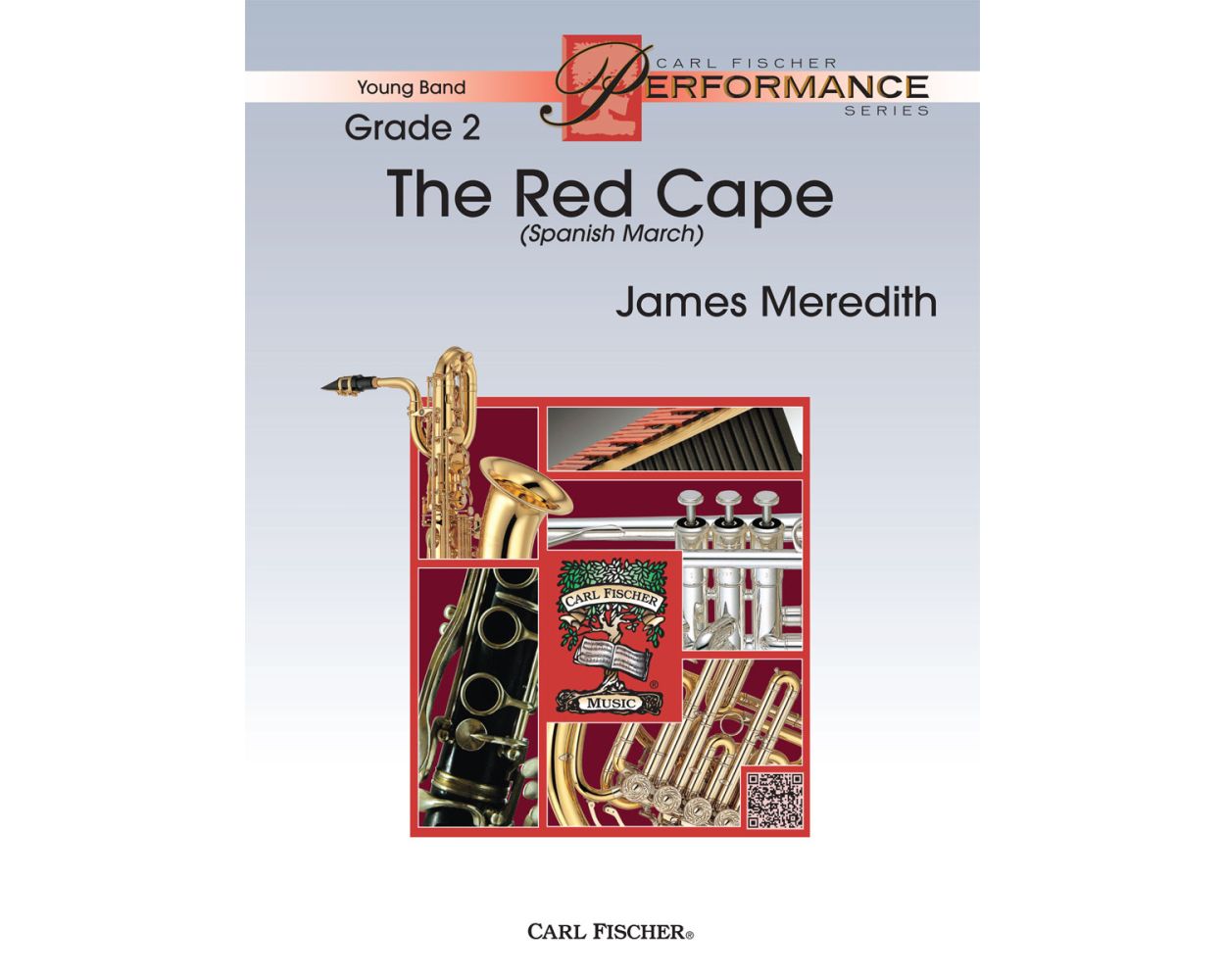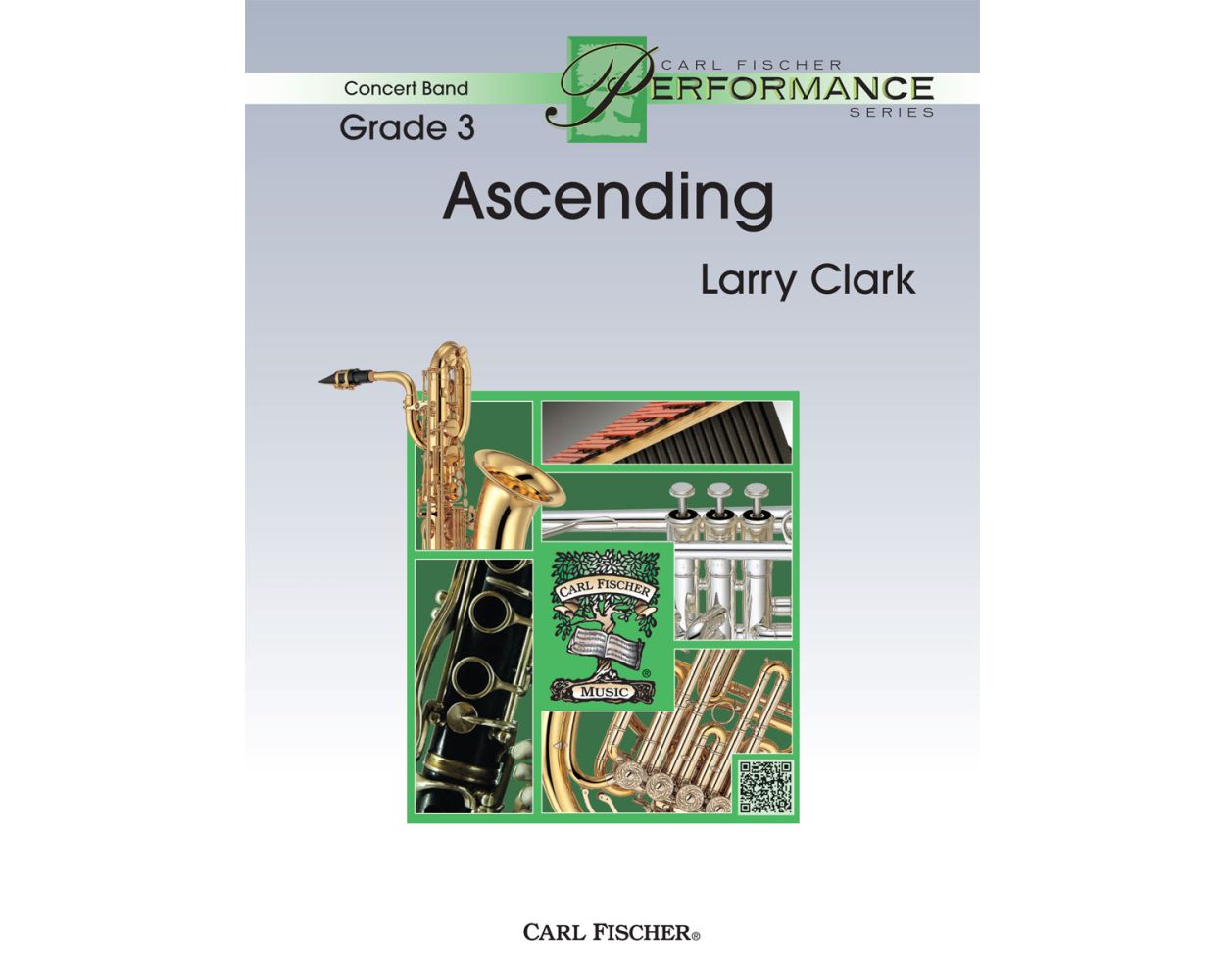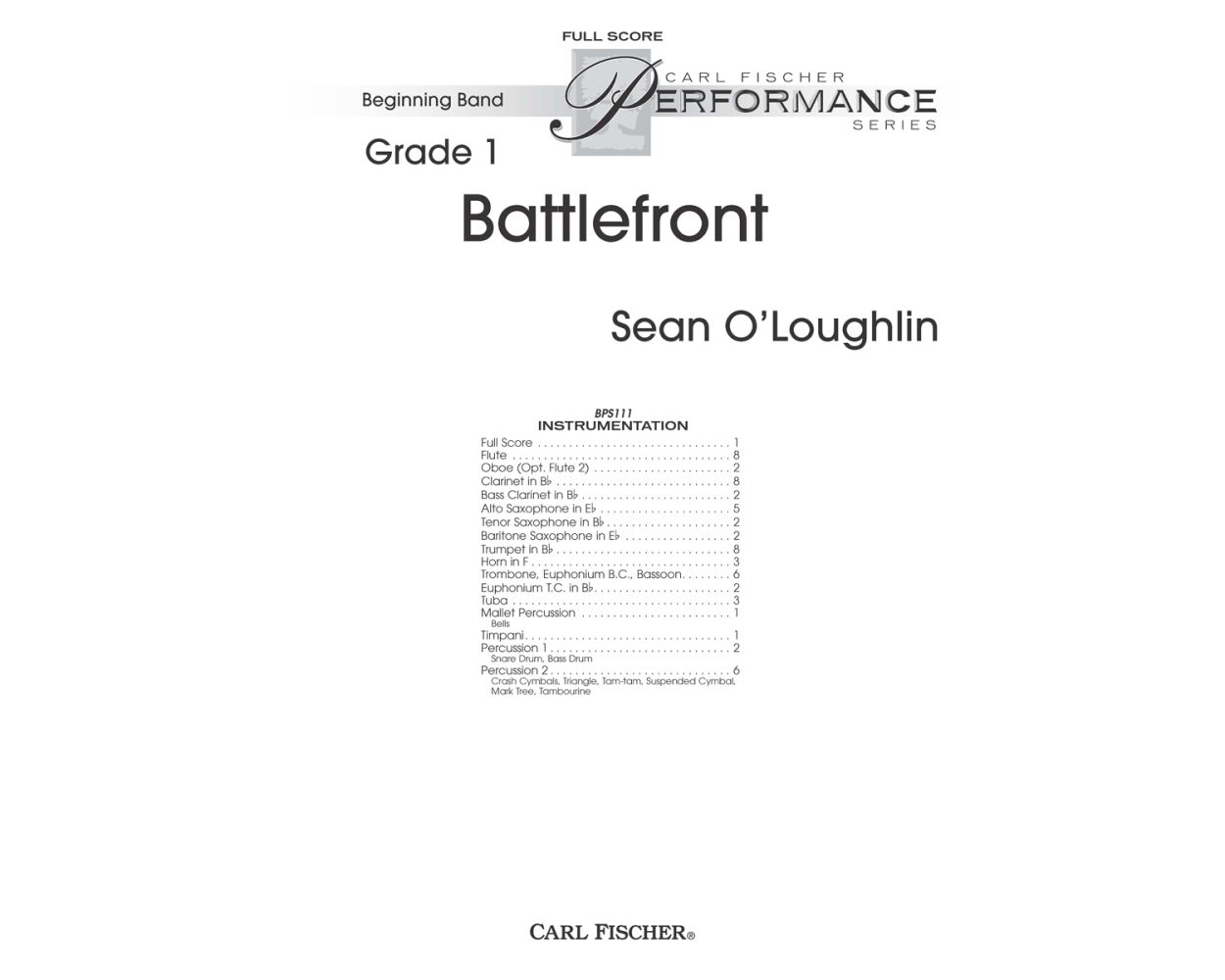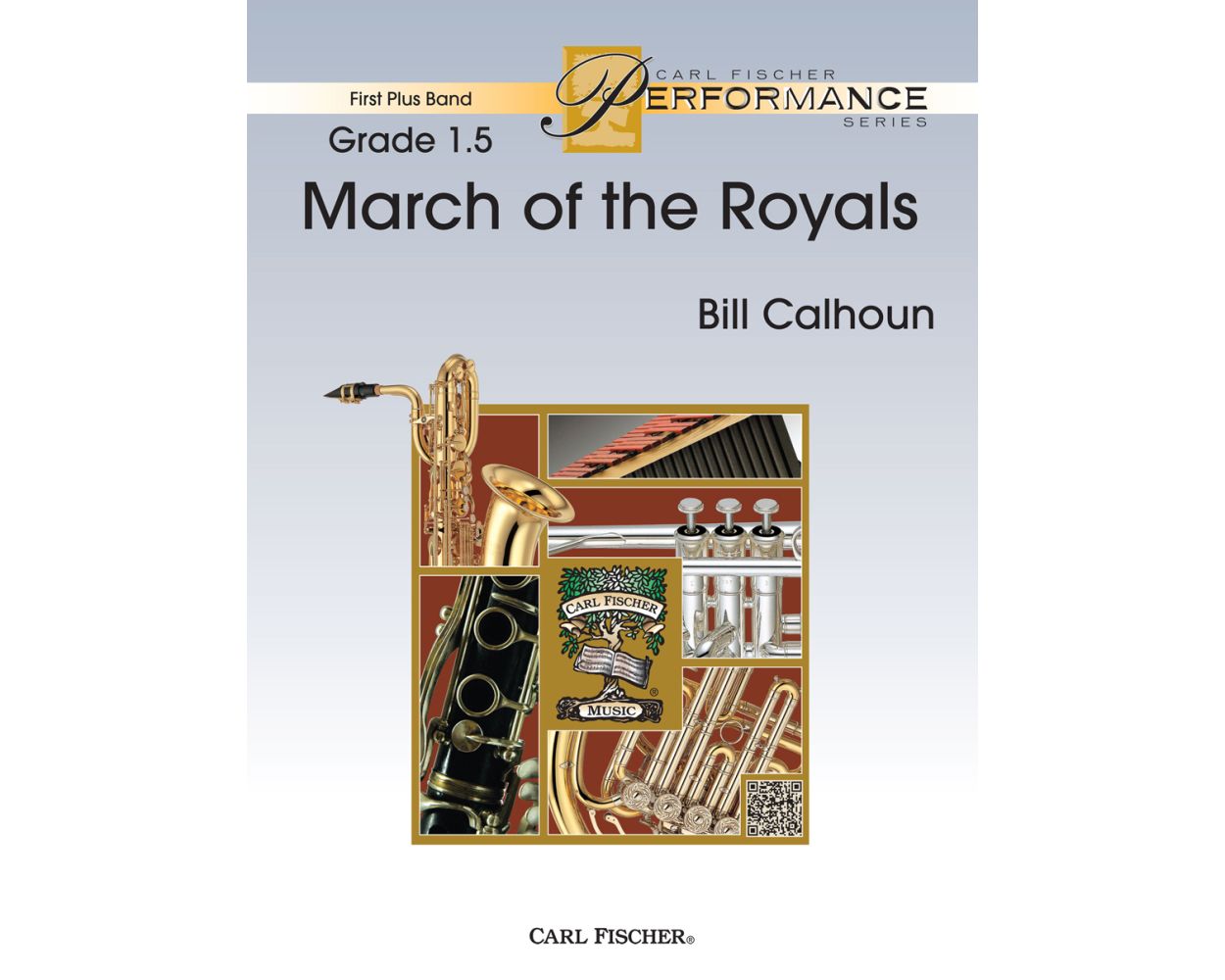Results
-
 £98.00
£98.00Four Scottish Dances - Malcolm Arnold
These dances were composed early in 1957, and are dedicated to the BBC Light Music Festival. They are all based on original melodies but one, the melody of which is composed by Robert Burns. This Classic Band Edition is the definitive wind ensemble orchestration of worldwide renown, as referenced in the composer's own Program Notes:"The first dance is in the style of a slow strathspey -- a slow Scottish dance in 4/4 meter -- with many dotted notes, frequently in the inverted arrangement of the 'Scottish snap.' The name was derived from the strath valley of Spey. The second, a lively reel, begins in the key of E-flat and rises a semitone each time it is played until the bassoon plays it, at a greatly reduced speed, in the key of G. The final statement of the dance is at the original speed in the home key of E-flat.The third dance is in the style of a Hebridean song and attempts to give an impression of the sea and mountain scenery on a calm summer's day in the Hebrides. The last dance is a lively fling, which makes a great deal of use of the open string pitches of the violin (saxophones in the band edition)."
Estimated dispatch 12-14 working days
-
 £64.00
£64.00Ngoma Za Kenya - Paul Basler
"Kwaheri," the third movement of Ngoma za Kenya, contains similar gestures to the previously released first movement, "Jambo" (2008), but is harmonically more progressive. Stylistic influences in the work come from the composer's experiences with Kenyan choral traditions (call and response) and the joyful, optimistic, and celebratory nature of Kenyan culture.
Estimated dispatch 12-14 working days
-
 £71.00
£71.00Daedelus' Labyrinth
The music for Daedalus' Labyrinth is loosely based on the story first presented by Homer. You'll hear the musical twists, rhythmic turns, and harmonic changes that have made Sean O'Loughlin's music so popular. This is a sophisticated work, but well worth the effort for the advancing band. Conquer the Labryrinth!
Estimated dispatch 12-14 working days
-
 £57.00
£57.00The Red Cape
Looking for an alternative to the same old American style march for festival? The Red Cape may be your answer. It is written in a Spanish style reminiscent of some of the classic Spanish marches like Amparita Roco, but it is within the technical limitations of young bands. Composer James Meredith draws on his many years of being a band director to give us something fresh and different for your next contest or festival warm-up march.
Estimated dispatch 12-14 working days
-
 £68.00
£68.00Ascending
It is all too common for pieces to be written for the loss of members of high school bands. This is such a piece, but it is uplifting and inspiring, serving as a touching tribute to the lives lost. The piece takes the listener on a journey through the stages of grief and uses a popular hymn as the basis for this serious work by popular composer Larry Clark.
Estimated dispatch 12-14 working days
-
 £53.00
£53.00Cold Mountain Saga
Cold Mountain in North Carolina was recently made famous by the best selling novel and major motion picture of the same name. This piece for young band is not intended to depict the story of the book or movie, but rather to depict the rich history and natural beauty of the area itself. The hauntly beautiful melody first stated by a recorder is one of the most memorable Larry has every written.
Estimated dispatch 12-14 working days
-
 £44.00
£44.00Swan Lake (Theme) - Pyotr Ilyich Tchaikovsky
The celebrated theme from the second act of Tchaikovsky's immortal ballet is a great study in phrasing and musicianship for a young band. There is melodic material for each player and the instrumentation is colorful, but easily within reach of the developing band. Duration: 2' 25"
Estimated dispatch 12-14 working days
-
 £44.00
£44.00Flutes Forever
Get the fingers of your flutists moving in this delightful section feature. It is written in a march style with plenty of opportunities to showcase your flutes. The tempo is marked at a moderate 4/4, but can be taken in a cut-time march tempo by more advanced groups. A versatile piece that will bring a smile to the audience.
Estimated dispatch 12-14 working days
-
 £42.00
£42.00Battlefront
Battlefront is a cinematic composition for the developing concert band. The music is bold and rhythmic throughout but also contains contrasting lyrical sections that allow for valuable teaching moments. The prominent use of the lower voices in the melodic passages is a perfect opportunity for them to take the lead while showing the high voices how to accompany, strengthening your ensemble's unity and awareness.
Estimated dispatch 12-14 working days
-
 £45.00
£45.00March of the Royals - Bill Calhoun
March of the Royals is a concert march for developing concert bands. Although familiar, with all the ingredients found in a typical march, this piece is written in a more regal and elegant style that is characteristic of English style marches. The piece is written for younger musicians but directors will find that it is carefully scored to help ensembles sound older than their years.
Estimated dispatch 12-14 working days
